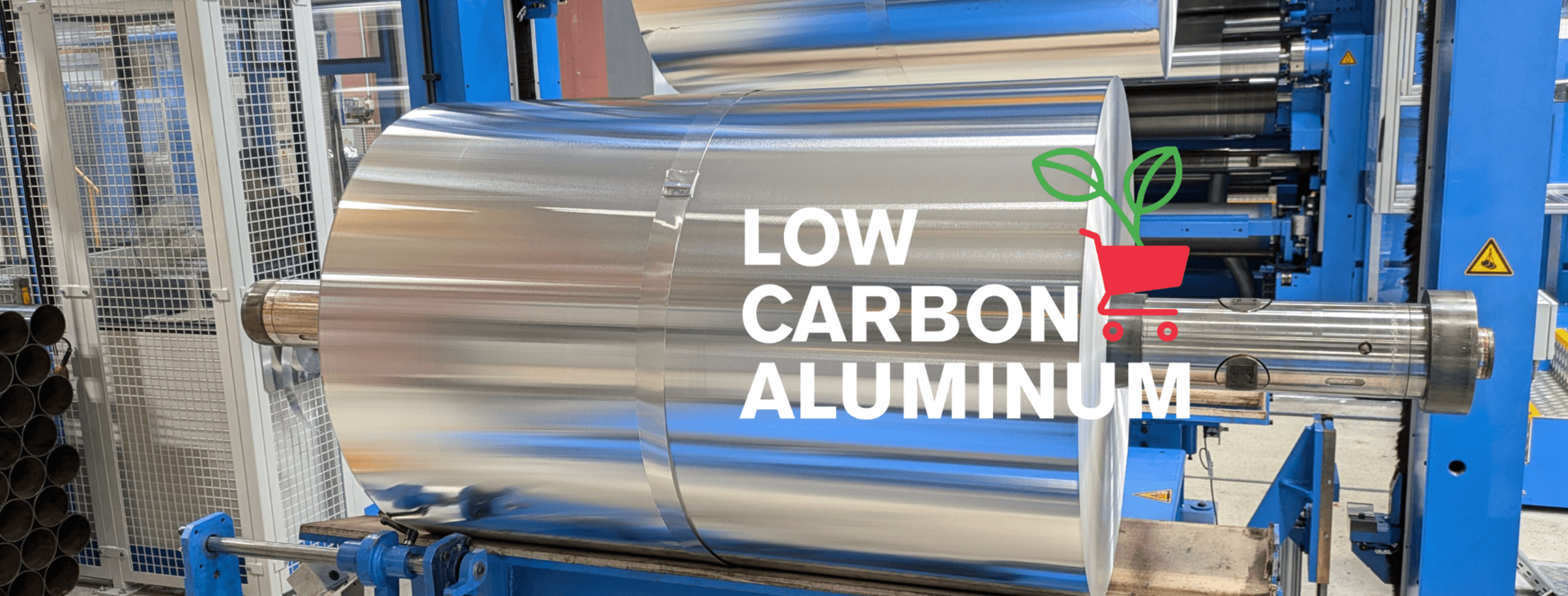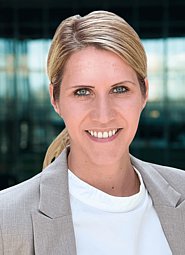
Milestone achieved: TÜV Süd validates our Low Carbon Aluminum footprint calculation
Understanding the product carbon footprint (PCF) is key to making informed sustainability decisions—for both manufacturers and their customers. For Constantia Flexibles, ensuring that our Low Carbon Aluminum is backed by accurate, transparent, and reliable carbon data has always been a priority. We are proud to share a major milestone on this journey: TÜV Süd Landesgesellschaft Österreich (Austrian branch) has officially validated our partial PCF calculation for plain aluminum foil.
This independent validation confirms that our methodology complies with the highest international standards—specifically ISO 14067:2018 and ISO 22095:2020. It means our approach to calculating emissions is not only consistent and scientifically sound, but also externally verified and trustworthy.
Our system is inspired by the Aluminium Stewardship Initiative (ASI), which promotes responsible practices across the aluminum supply chain. While ASI addresses broader sustainability aspects, including governance and social responsibility, our Low Carbon Aluminum system is focused on reducing CO₂ emissions.
At Constantia Flexibles, we offer two types of Low Carbon Aluminum: made out of primary aluminum produced with renewable energy and primary aluminum produced with renewable energy, plus adding recycled aluminum. As a result, our Low Carbon Aluminum with renewable energy reduces CO2 emissions of our plain foil to 6.1 tons CO₂e per ton of aluminum. When combined with recycled content, the plain foil achieves emissions below 4.5 tons CO₂e per ton of aluminum.
For our customers, the TÜV Süd validation offers real value. It assures them that our Low Carbon Aluminum is based on rigorous, transparent calculations. It also strengthens confidence in the environmental integrity of our products and supports our partners in making data-driven, decarbonized choices.
